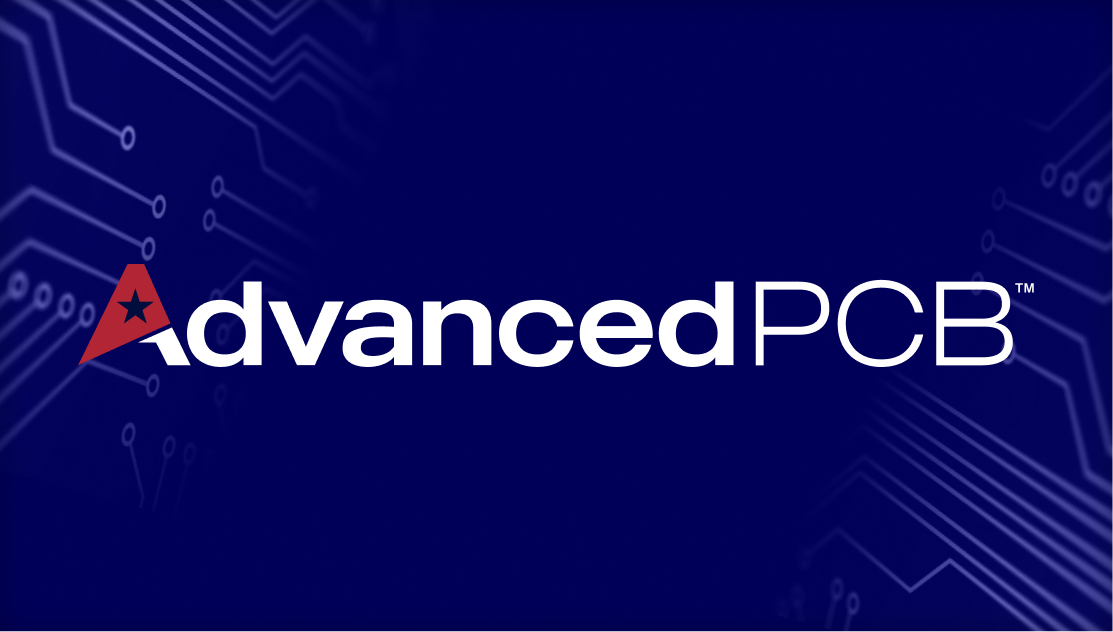Printed Circuit Boards and Green Energy

How do PCBs Relate to Green Energy?
Printed circuit boards are turning up in an exponentially-expanding number of products including:
- Industrial equipment including machine tools and CAD/CAM systems
- Computers and peripheral devices
- Smartphones, tablets, and wearable technology such as fitness wristbands and watches
- Televisions with ever-increasing technical functionality
- Medical equipment including diagnostic and even robotic surgical devices
- Renewable energy sources such as solar power and wind turbines
- Consumer electronics from toys to increasingly-popular drones
- Aircraft and other aerospace industries for commercial and military use
PCBs contribute significantly to these technological advancements with increasingly complex designs, improved reliability and functionality, and constantly shrinking footprints.
Along with the expanding role of PCBs in these areas come concerns related to how printed circuit devices are manufactured, their inherent safety from exposure to PCBs, and the environmental impact from eventual disposal of boards. Green PCB design is therefore becoming increasingly important to both design engineers and manufacturers.
How Do PCBs Contribute to Green Energy?
PCB technology is playing an increasingly significant role in renewable energy sources. Through advanced manufacturing technologies of PCBs fabricators are able to prototype and successfully create circuit boards capable of higher quality and durability, resulting in fewer defects and waste or discarded boards. Additional components contained on a single board reduce the number of physical PCBs required to meet the design requirements where multiple boards may have been necessary in the past.
Control systems and monitoring equipment powered by modern PCB designs enable agronomists, forestry services, and water conservation groups to track climate change and environmental conditions globally. The International Renewable Energy Agency (IRENA) is working to double renewal energy consumption by 2030, and solar energy made possible through the use of cost-effective and reliable PCBs will play a critical role in making that happen world-wide.
LED lighting is another technology where PCBs are providing the capability to reduce energy requirements. Customized LED lighting panels have expanded into commercial displays, storefront lighting and advertising, sports venue direct lighting and scoreboards, and much more. All this is made possible through the controls provided by custom and highly-technical circuit boards created by creative designers and manufacturers. LED lighting provides high-quality lighting options without the energy requirements of older technologies, with sophisticated PCBs making it all happen.
PCBs powering devices such as Global Positioning Systems (GPS) enable the transportation industry to save significant amounts of money and energy through providing the most effective route to a destination. From individuals using GPS in their personal automobiles to the largest freight carriers that desire the most effective routes for their drivers to boost efficiency and save costs, PCBs contribute to huge energy savings through the use of GPS technology.
What About the PCBs Themselves – Are They “Green”?
Like most manufacturing industries, printed circuit board fabricators are subject to control specifications mandated by geographic agencies. US manufacturers are asked to comply with the Restrictions of Hazardous Substances (RoHS) which specifically focuses on materials that are known hazards and fire retardants. In California for example sale of electronics that do not meet the RoHS guidelines is restricted. As more states and countries adopt regulatory statutes, green PCB design will be critical to acceptance of end products in those regions.
Manufacturers of devices that will contain PCBs are therefore very vigilant with the RoHS compliance of any boards they either fabricate internally or source from other providers. Additional guidelines are in place in other countries including the Registration, Evaluation, and Authorization of Chemicals (REACH) in effect in the EU, and other initiatives in place in the Asian Pacific region.
Fabrication processes can be customized for each PCB design, including requirements for lead-free manufacturing and RoHS compliance. Manufacturers of PCBs are continuously researching additional techniques and materials to further reduce the environmental impact of manufacturing and disposing of printed circuit boards.

AdvancedPCB
Related Posts

Future trends of the circuit board

Understanding the Difference between PCB prototyping and Full Spec Production
